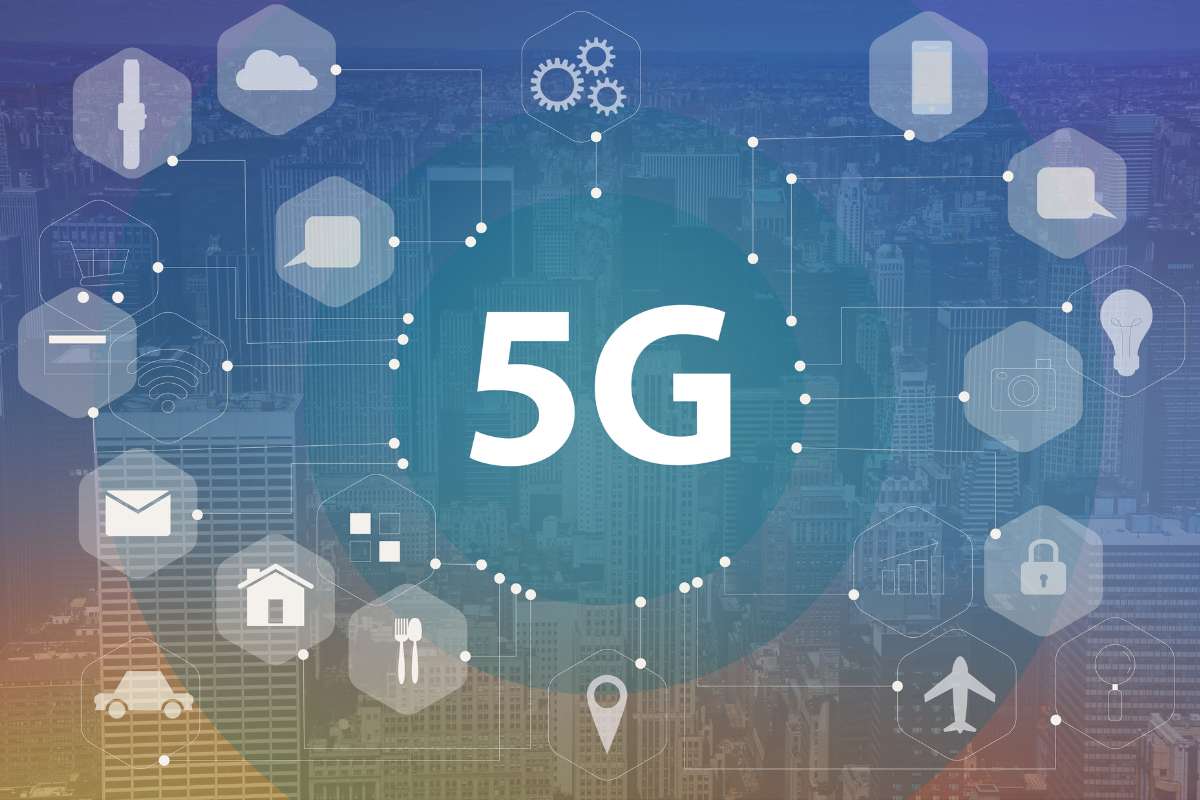Government and private sector officials explained how 5G can be an “underlayment” for scale and speed.
At the Advanced Technology Academic Research Center and Federal Mobility Group conference on Tuesday, government and industry experts discussed the impact of 5G on the cloud, highlighting how both technologies work hand-in-hand and can be used to further agency missions. Specifically, the experts noted both help improve agency efficiency, as integrating 5G with the cloud reduces latency, enhances communications and improves data processing and storage.
The panelists included: Dr. Thomas Osborne, director of the National Center for Collaborative Healthcare Innovation at the U.S. Department of Veterans Affairs; Brian Merrick, director of cloud programs at the Department of State; and Kevin McFadden, Cisco Systems’s chief 5G business architect for U.S. public sector/federal government.
Osborne noted the VA is using 5G to improve how it uses the data it collects. To accomplish this, he said the VA will “utilize these big infrastructures to move more data around faster, in order to allow us to do things that we are only doing now in a limited way, or in allowing us to do things that we could only dream of before.”
Merrick stated that with the State Department’s locations domestically and abroad, the agency is working to “build up our multi-cloud environment…we’ve also massively increased investments in data analytics capabilities and so we’re really looking at 5G to sort of bring all those capabilities together and push that capability out from headquarters.”
He added, “rather than looking at 5G as sort of a distinct pilot, if you will, we kind of see it as an underlayment to help us get at scale and speed. Obviously, we need to secure some of the things we’re also working on. As that infrastructure proliferates, [it] is really starting to bring our cybersecurity and our neighbors up to parity with our on-premise capabilities. That’s something that will be documented in our cloud strategy. In order to actually operate these environments, we need to start moving into more no-code platforms, a lot more [software-as-a-service], a lot more cloud security, posture management, all of those types of things have to work together.”
Meanwhile, McFadden detailed how 5G would change the user experience.
“I think we’ve seen a lot of challenges from the commercial carriers, trying to demonstrate a user experience change [with the use of 5G]…part of that is going to be the commercial carriers retooling what they’re doing with 5G, as well as this dichotomy we’ll see between private 5G and public 5G,” he said. “What I mean by that is there’s a lot of discussion right now about how 5G could actually be part of your enterprise solution, as opposed to being consumed by a commercial carrier. When I’m in a government agency or even in a commercial setting, what can I do with 5G that I couldn’t do with WiFi or with the commercial carrier?”
According to Cisco, “5G takes connectivity to the next level by delivering connected experiences from the cloud to clients.” Moreover, as 5G continues to be deployed and cloud computing is extended to the edge, this will enable the technologies to work together and help efficiently store and process data, as noted by Google.
“It’s giving us the opportunity to, as fast as we get on the network, to be able to work towards actually getting off the network as quickly as possible to your applications,” McFadden said. “And this also comes to the concept of cloud. If I can deliver the cloud as opposed to that off-ramp of the 5G network to the on-ramp of the cloud environment, you’re gonna get the best user experience.…The other piece of this is as 5G becomes more decentralized and disaggregated we may still have those central aggregation, central intelligence points for national networks, but the abilities to apply policy, apply security comput[ation] to the edge, that’s the general thesis.”
Merrick provided examples of use-cases for growing 5G capabilities, such as sharing information and data faster across a variety of locations. For Osborne, this would help the VA “share data across different groups” and improve its healthcare.
“What the network allows us to do with edge computing is that the network becomes the computer,” Osborne said. “And so those devices can shrink in size, they can become more adaptable, they can produce more results and can do more with smaller stakes.”
McFadden added that the security component is also important, particularly for commercial-off-the-shelf and open architecture, as the Cybersecurity and Infrastructure Security Agency warned about for a decentralized and disaggregated approach.
Data sovereignty—the concept that data is subject to the laws and rules of where it is collected—would also be impacted in such an environment.
“There’s actually an extreme case of this, particularly [when you] start looking at putting the infrastructure directly on the government premise or in the military base or in customers’ environment,” McFadden said. “Now I can get on the network and get off the network within the customer environment, and that becomes very interesting because now you don’t have to send data out to some third-party and worry about the vulnerabilities associated with that.”
Merrick noted that the “smart” approach for the State Department would be to focus on a defense-in-depth model..
“[That means] making sure that we’ve got a good handle on the keys for the data regardless of where that data is located, that the data is properly encrypted based on the level of security that we have for that data and that we’re thoughtful about where we’re routing that traffic as much as we can control,” he said









































